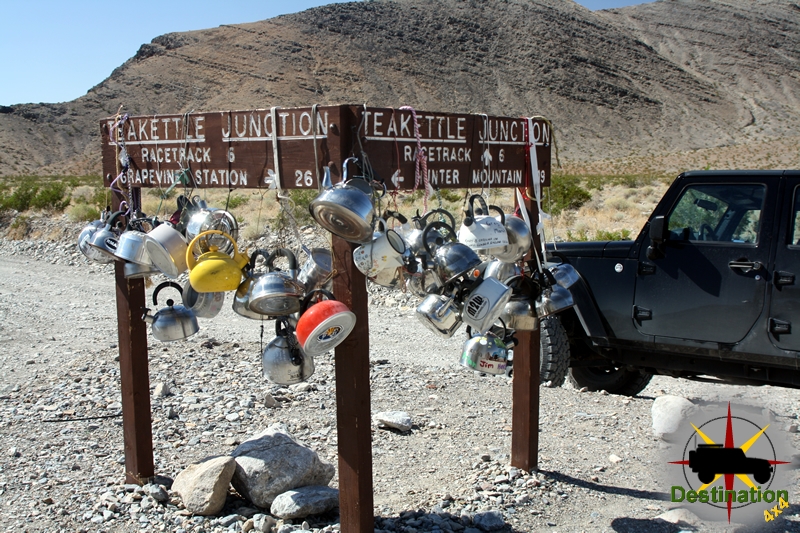
Established in 1976, the Antelope Valley California Poppy Reserve is located just west of Mojave and boasts the most consistent blooms that the California Poppy. The reserve does not plant or water the flowers, so the timing and abundance of the flowers is solely dependent upon rainfall each year. The bloom season begins late winter and may last throughout the spring depending upon conditions. In addition to the poppy, the Reserve also hosts a variety of species including Owl’s Clover, Davy Gilia, Goldfields, Lupine and Cream Cups.
The 1745 acre flower reserve ranges in elevation frim 2600 to 3000 feet in elevations and boasts 7 miles of trails. There are limited facilities, but the reserve does have some wheel chair access.

The California Poppy ( Eschscholzia californica ) is a small perennial is typically a short flowering planet which boasts a vibrant orange bloom. The flower itself grows on top of a sledder stalk and the four petal flower which has a silky texture, appears extremely delicate and vulnerable to the elements. The flowers open each morning and close in the evening with the cooler air.

The California Poppy has a large range which included more of California, parts of Oregon, Washington, Nevada, Arizona and Northern Baja California.













